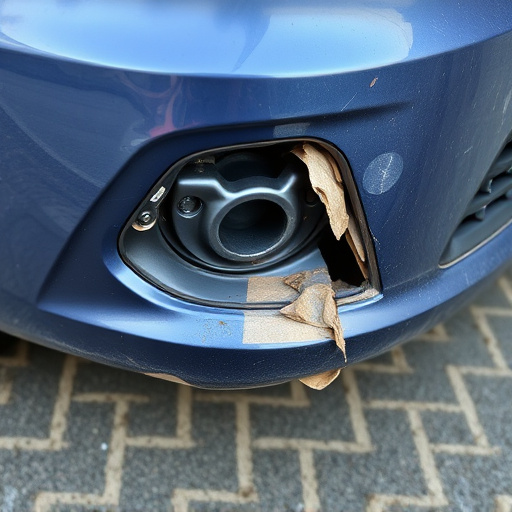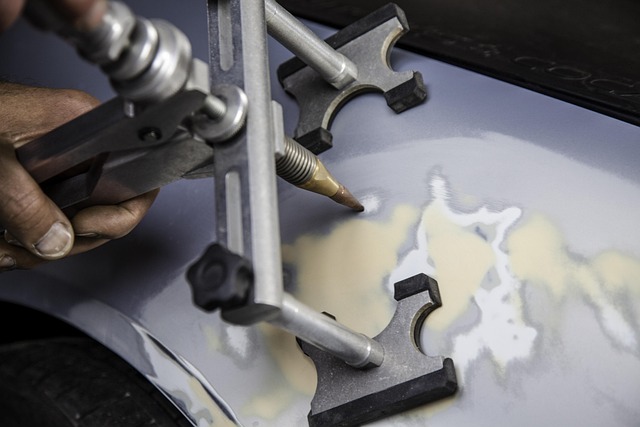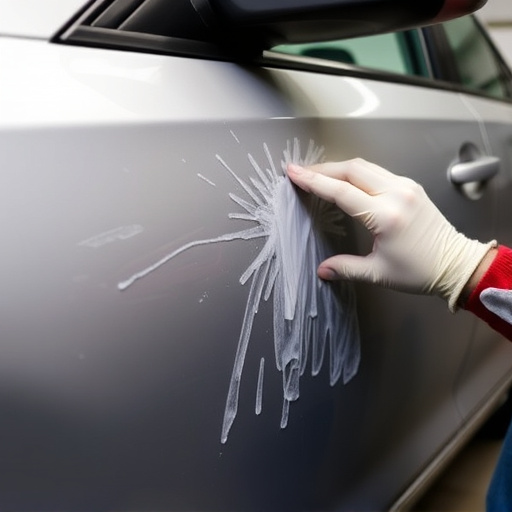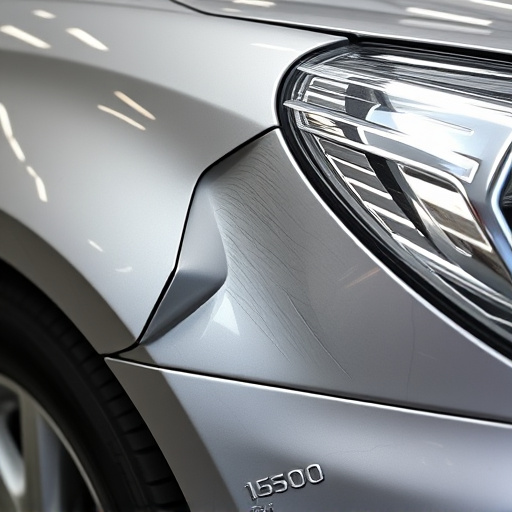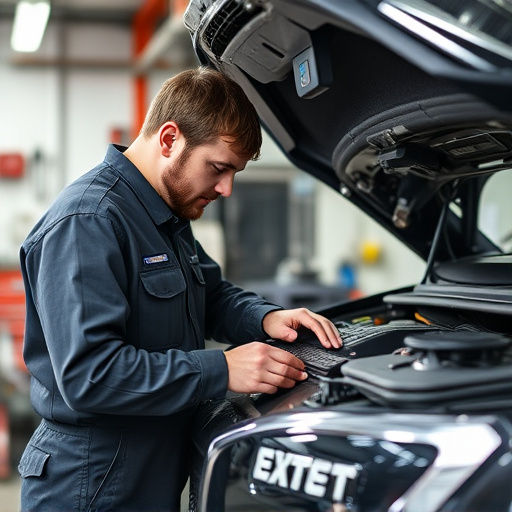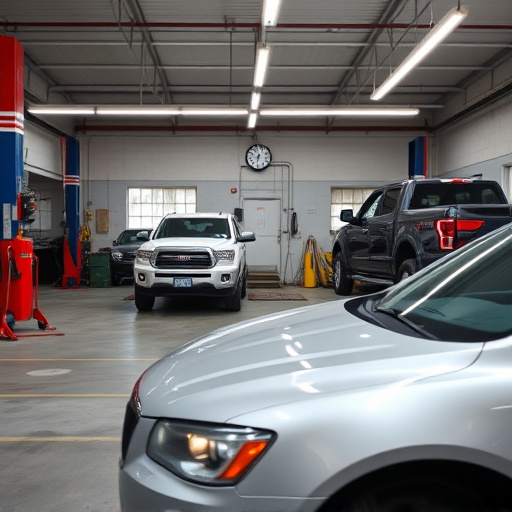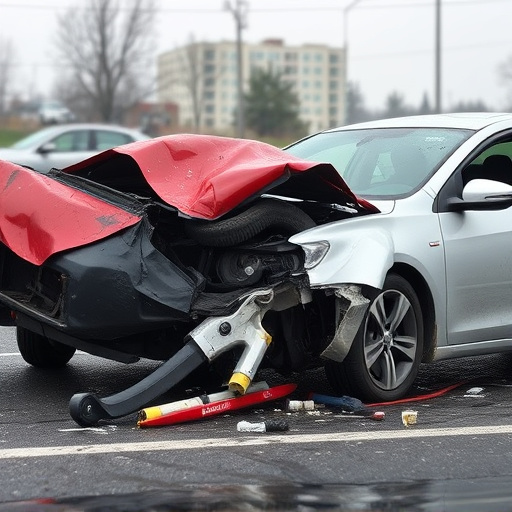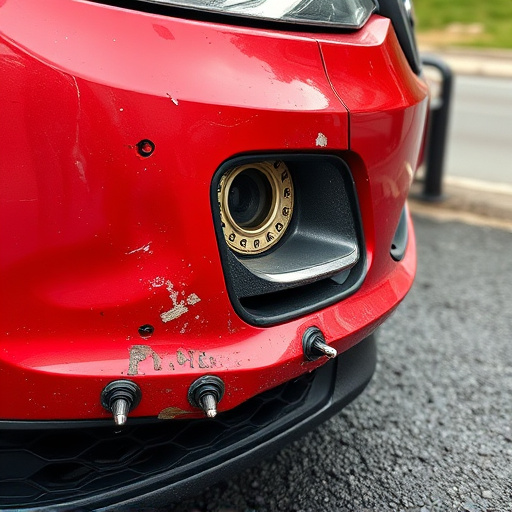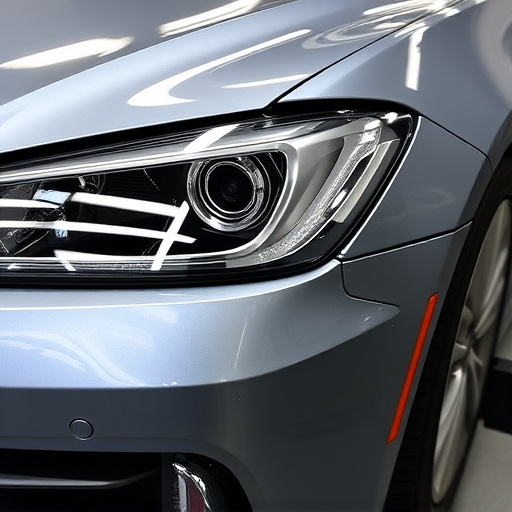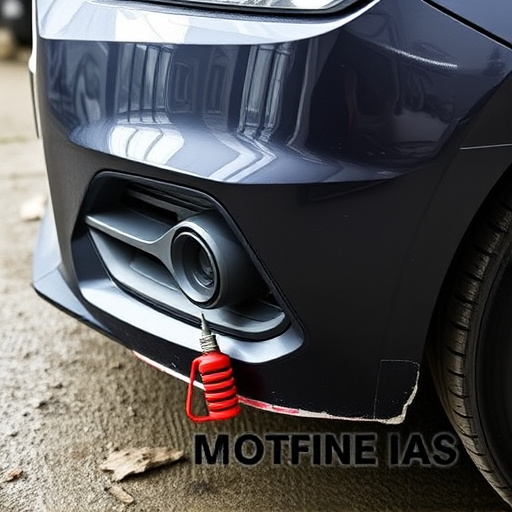Custom fabrication for collision safety requires a multifaceted approach. It leverages tailored engineering and advanced technologies to enhance structural integrity, but must account for misalignments and errors through rigorous quality control, testing, and maintenance. Best practices include meticulous planning, collision detection systems, high-quality materials, and optimal storage, minimizing risks during fabrication and ensuring durable, safe products for end-users.
In the realm of custom fabrication, achieving both safety and structural strength is paramount. This article explores best practices for navigating the intricate balance between creating unique designs and ensuring collision safety. From understanding the inherent risks and reaping the benefits of custom fabrication to implementing essential safety measures and enhancing structural integrity, these guidelines equip professionals with the knowledge to deliver high-quality, safe products. Discover how these strategies mitigate potential collisions, fostering a culture of excellence in this dynamic industry.
- Understanding Custom Fabrication Risks and Benefits
- Essential Safety Measures for Collision Prevention
- Enhancing Structural Integrity in Fabrication Processes
Understanding Custom Fabrication Risks and Benefits
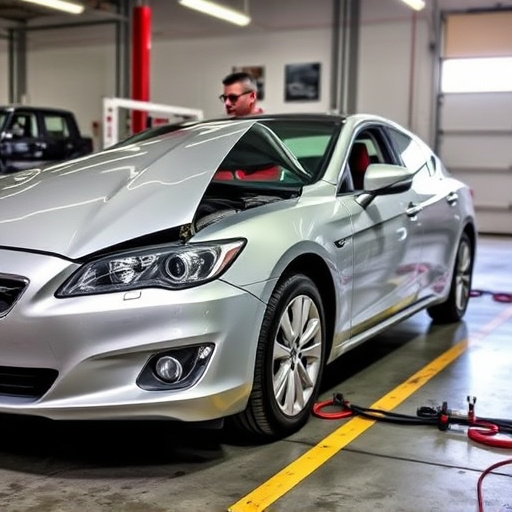
Custom fabrication offers a unique set of challenges and advantages when it comes to collision safety and structural strength. By definition, custom-fabricated components are designed and built for specific applications, allowing for enhanced performance tailored to individual needs. This precision engineering ensures that every detail is considered, from material selection to intricate design elements, leading to superior collision resistance and overall vehicle integrity. However, understanding the risks associated with these processes is paramount.
Unforeseen variables can arise during custom fabrication, such as misalignment of components or errors in measurements, which may impact collision safety. For instance, a poorly aligned bumper or a frame that isn’t perfectly straightened could leave vehicles vulnerable to more severe damage in a collision. Yet, these challenges also present opportunities for improvement. By implementing robust quality control measures, including advanced testing and inspection techniques, fabricators can mitigate risks and ensure the integrity of their custom-made parts. Regular maintenance and repair, such as scratch repairs or bumper repairs, play a vital role in keeping vehicles safe and structurally sound.
Essential Safety Measures for Collision Prevention
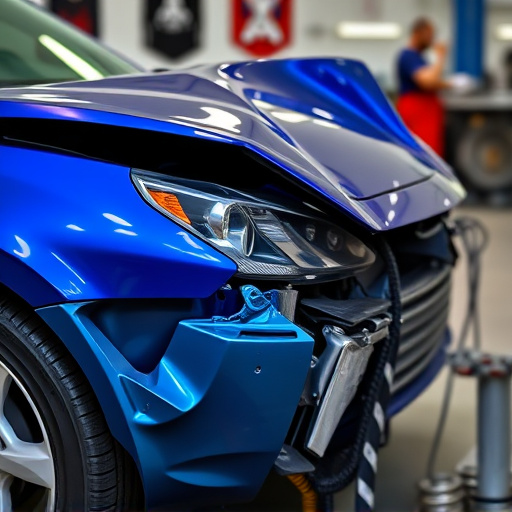
In the realm of custom fabrication, collision safety is paramount to ensure both the integrity of the final product and the well-being of those who interact with it. Essential safety measures for collision prevention start with meticulous planning and design. Engineers and fabricators must incorporate collision detection systems, robust structural elements, and redundant safety features into their blueprints. Using advanced technologies like sensors, cameras, and computer numerical control (CNC) machines allows for precise measurements and real-time adjustments, minimizing the risk of accidents during fabrication.
Moreover, adhering to best practices in auto body repair and luxury vehicle repair is crucial. This includes using high-quality materials that can withstand extreme forces during a car collision repair. Regular maintenance checks and proper storage conditions further enhance safety by identifying potential vulnerabilities before they become critical failure points. By integrating these strategies, custom fabricators can deliver not only strong and safe products but also minimize the impact of collisions, ensuring peace of mind for end-users.
Enhancing Structural Integrity in Fabrication Processes

In custom fabrication, enhancing structural integrity is paramount to ensure the safety and strength of finished products, especially in industries where precision and durability are key. By implementing robust quality control measures throughout each stage of the fabrication process, manufacturers can mitigate the risks associated with collisions and other potential damage. This involves rigorous testing of materials, meticulous measurement and cutting techniques, as well as regular inspections to identify and rectify any flaws or inconsistencies.
Focusing on both preventive maintenance and quick response to detected issues is crucial in a body shop services or collision center. Utilizing advanced technologies like computer-aided design (CAD) software and 3D printing can significantly improve accuracy, allowing for the creation of intricate and complex parts with enhanced structural integrity. These practices not only strengthen the final product but also contribute to reducing the likelihood of failures during transit or in their intended environments, thereby enhancing overall collision safety.
Custom fabrication offers immense benefits, but it’s crucial to prioritize collision safety and structural integrity. By understanding potential risks, implementing essential safety measures, and adopting enhanced fabrication processes, manufacturers can ensure a seamless and secure journey through the complex landscape of custom fabrication collision prevention. These best practices are instrumental in creating robust structures, mitigating dangers, and unlocking the full potential of custom fabrication without compromise.
